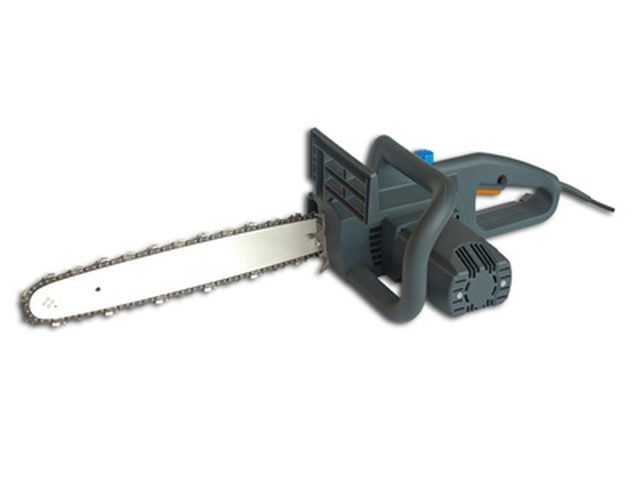Bulbs
Flower Basics
Flower Beds & Specialty Gardens
Flower Garden
Garden Furniture
Garden Gnomes
Garden Seeds
Garden Sheds
Garden Statues
Garden Tools & Supplies
Gardening Basics
Green & Organic
Groundcovers & Vines
Growing Annuals
Growing Basil
Growing Beans
Growing Berries
Growing Blueberries
Growing Cactus
Growing Corn
Growing Cotton
Growing Edibles
Growing Flowers
Growing Garlic
Growing Grapes
Growing Grass
Growing Herbs
Growing Jasmine
Growing Mint
Growing Mushrooms
Orchids
Growing Peanuts
Growing Perennials
Growing Plants
Growing Rosemary
Growing Roses
Growing Strawberries
Growing Sunflowers
Growing Thyme
Growing Tomatoes
Growing Tulips
Growing Vegetables
Herb Basics
Herb Garden
Indoor Growing
Landscaping Basics
Landscaping Patios
Landscaping Plants
Landscaping Shrubs
Landscaping Trees
Landscaping Walks & Pathways
Lawn Basics
Lawn Maintenance
Lawn Mowers
Lawn Ornaments
Lawn Planting
Lawn Tools
Outdoor Growing
Overall Landscape Planning
Pests, Weeds & Problems
Plant Basics
Rock Garden
Rose Garden
Shrubs
Soil
Specialty Gardens
Trees
Vegetable Garden
Yard Maintenance
How to Adjust the Chain on Echo Chainsaws
How to Adjust the Chain on Echo Chainsaws. Proper chainsaw chain tension is vital for safe and efficient cutting. If the chain is too loose, it may get easily thrown from the guide bar, pinched in the wood and whip back toward your legs. If the chain is too tight, the tip will heat up, your drive sprocket will wear out, your teeth will dull or...

Proper chainsaw chain tension is vital for safe and efficient cutting. If the chain is too loose, it may get easily thrown from the guide bar, pinched in the wood and whip back toward your legs. If the chain is too tight, the tip will heat up, your drive sprocket will wear out, your teeth will dull or break and you can even damage the clutch. Each cutting job also requires a different chain tension and only experience will help you get a feel for the proper tension needed to finish the job.
Things You'll Need
Wrench
Screwdriver
Leather work gloves
Turn the chainsaw off. Disengage the chain brake. Let the saw cool down before working on it.
Loosen the two bar nuts holding the bar, chain and chain cover in place with the wrench until they're finger tight.
Locate the bar tensioner screw. This screw is located near the spot where the bar and chain connect to the engine and controls the tension of the chain.
Turn the screw clockwise to tighten the chain and counterclockwise to loosen it. Hold the saw up by the tip. Try pulling the chain away from the bar, near the chain catcher. There should be about seven to nine bottom drive links exposed when the chain is properly tensioned.
Tighten the bar nuts with the wrench. Spin the chain with a gloved hand. The chain should be loose enough so that you don't need to pull the chain and tight enough that it doesn't pull off the bar.
Loosen the bar nuts and repeat the process until the chain is properly tensioned.
Tips & Warnings
For brush cutting and limbing, a looser chain is preferred. For felling and bucking, a tighter chain is preferred.
Never adjust the chain while the saw is running.
Always wear the proper safety equipment when working with chainsaws.